Body armor has become an essential tool for military and law enforcement professionals. It provides a layer of protection and security, helping to keep those wearing it safe from harm. However, not all body armor is created equal, and not all armor can provide the protection needed to keep those wearing it safe. That’s where level iiia body armor comes in it’s the highest level of protection available for soft armor. Nonetheless, level IIIA body armor needs to go through rigorous testing and certification to ensure its effectiveness. In this blog post, we’ll dive into the world of level IIIA body armor testing and certification requirements.
Firstly, the National Institute of Justice (NIJ) is the agency responsible for setting standards and testing body armor. The NIJ tests body armor to determine its effectiveness and ensure it meets a specific level of protection. One of the main tests the NIJ performs is the ballistic test, which helps determine how well the armor can stop a bullet. To pass the test, the armor must stop a certain number of rounds in a specific area without causing injury to the wearer.
Secondly, the NIJ has specific requirements that level IIIA armor must meet. In terms of ballistic protection, level IIIA body armor must be able to stop a .357 SIG FMJ Flat Nose (FN) bullet, and a 9mm FMJ RN bullet, traveling at a velocity of 1470 feet per second and 1400 feet per second, respectively. Additionally, the armor must be able to stop projectiles from handguns and shotguns that fall below level III protection. This level of armor can also provide protection against fragmentation and shrapnel.
Thirdly, it’s essential to note that not all level IIIA armor is created equal. To ensure the quality of the armor, there are independent labs that do testing beyond the NIJ standards. These labs will test the armor under more severe conditions to see how the armor reacts.
Fourthly, one such lab is the National Tactical Officers Association (NTOA), which provides unbiased, peer-reviewed evaluations of a variety of tactical equipment. The NTOA does testing on ballistic armor to ensure that it meets the highest standards possible. NTOA tests armor under more extreme conditions to ensure the armor is up to the task and can truly provide the highest level of protection.
Lastly, it’s worth mentioning that the testing and certification of level IIIA body armor is crucial to guarantee the safety of those who wear it. These tests help ensure that the armor is tested under the most rigorous conditions and can provide the ultimate level of protection in real-world situations. It’s important to note that purchasing body armor that is not certified by legitimate agencies puts lives at risk. Therefore, any military or law enforcement agency must only purchase certified and tested armor from legal sources.
In conclusion, level IIIA body armor is an essential tool for those in the military and law enforcement arenas. Testing and certification of this armor are necessary to ensure that it provides the level of protection necessary in real-world situations. The NIJ sets specific standards that body armor must meet, but independent labs like the NTOA do further testing to ensure the armor is up to the task. Buying armor that is not certified or tested from illegal sources is not only illegal but also puts lives at risk. Therefore, it’s important to do thorough research and purchase armor from legitimate sources, ensuring that it meets NIJ standards and has undergone additional testing.
For more great articles, please click here.

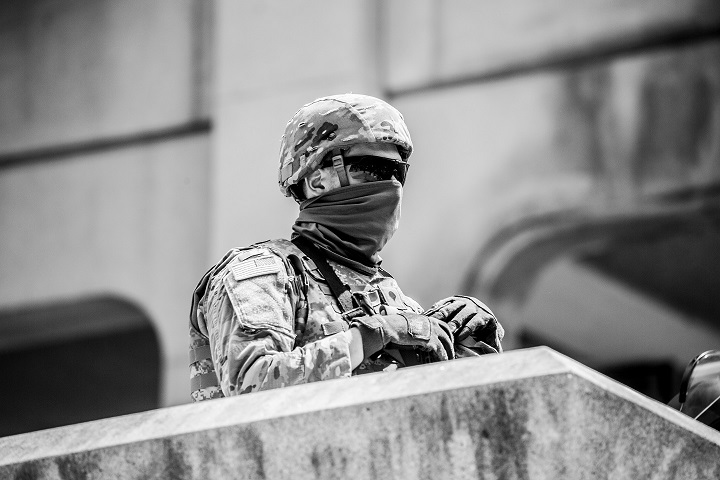
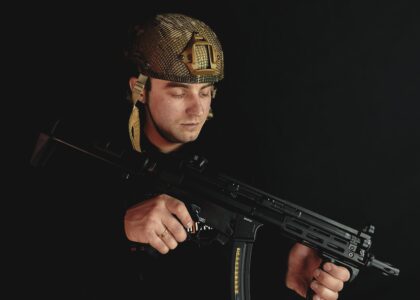
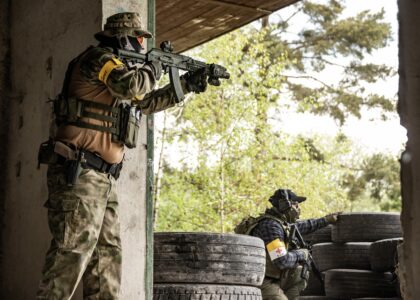
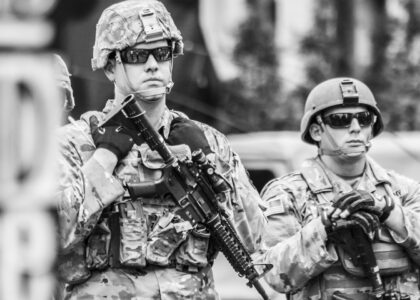
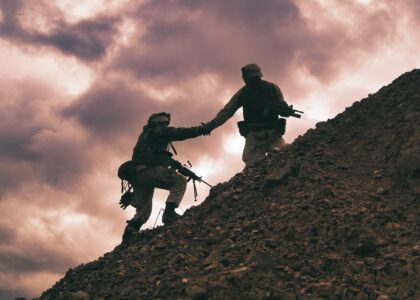
Recent Comments